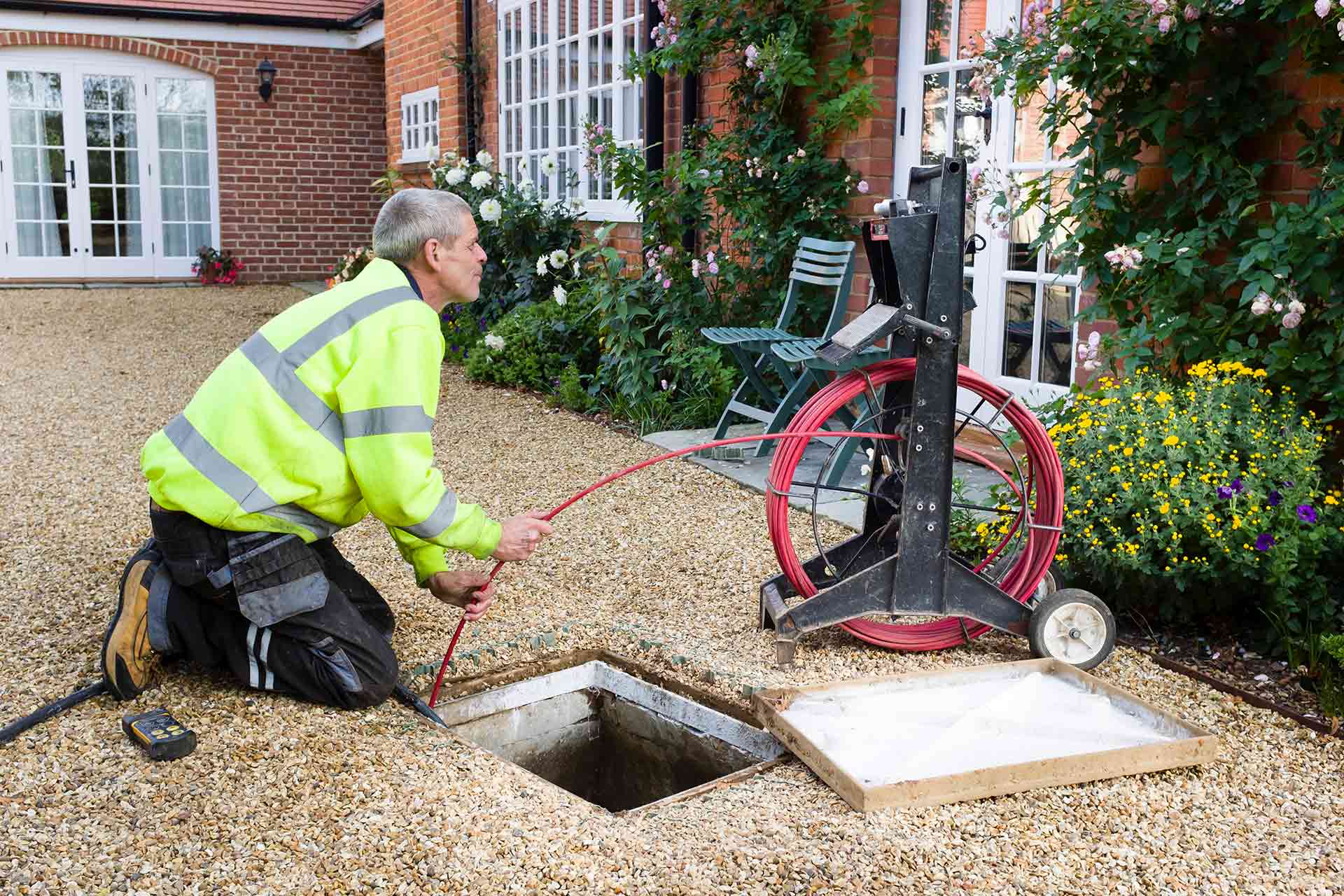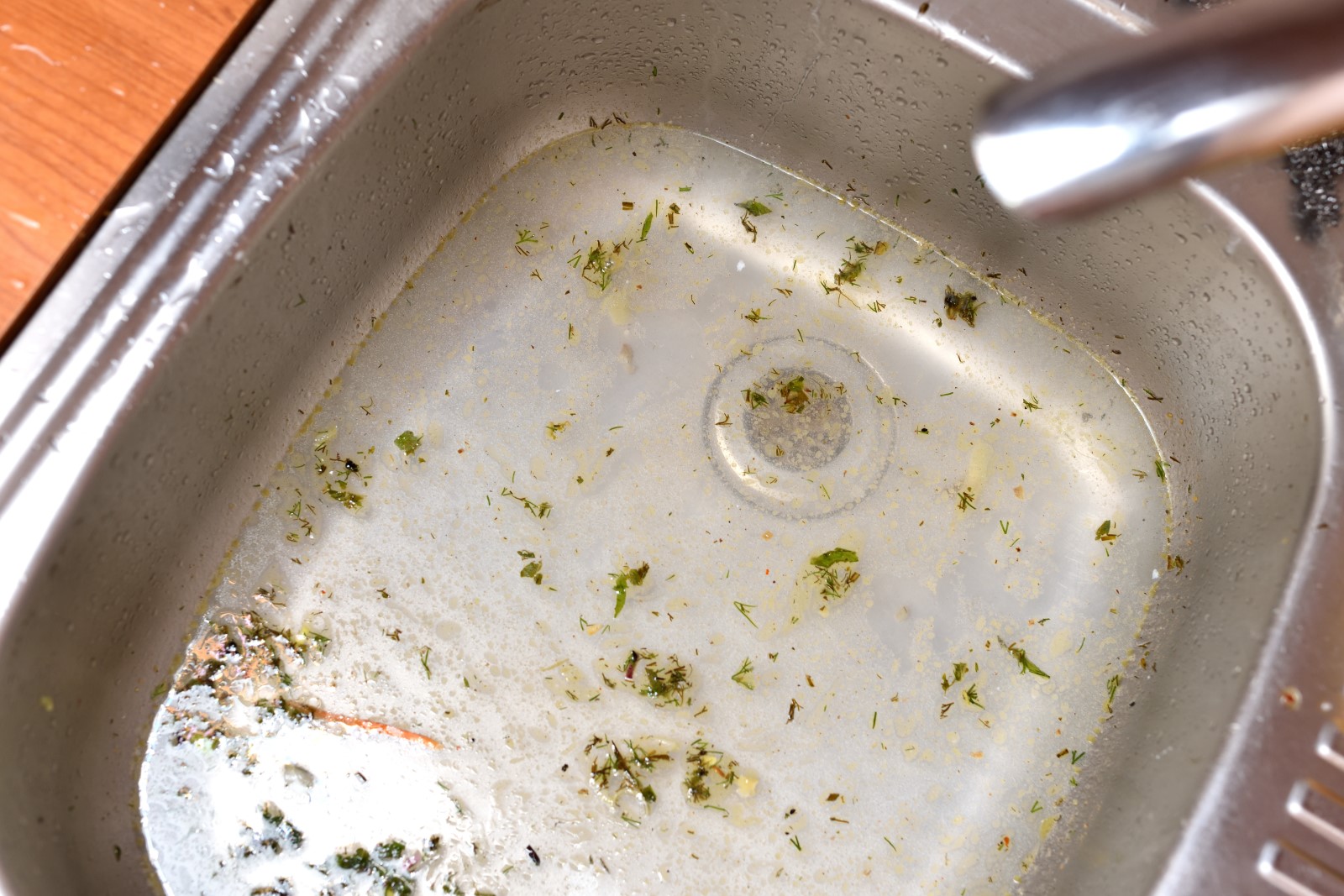Tips for Dealing with a Blocked Drain Prior to Calling Plumbing Professionals
Tips for Dealing with a Blocked Drain Prior to Calling Plumbing Professionals
Blog Article
How do you feel when it comes to Some easy tips to fix blocked drains?

Introduction
Managing a blocked drainpipe can be a discouraging experience, interrupting day-to-day tasks and potentially triggering damages to your home. Nonetheless, prior to reaching out to plumbing professionals, there are steps you can take to deal with the problem yourself. In this guide, we'll check out DIY services and preventive measures to deal with a blocked drain effectively.
Identifying the Concern
The very first step in addressing an obstructed drainpipe is identifying the indicators. Slow-moving water drainage, gurgling noises, foul odors emanating from drains, or water backing up prevail signs of an obstructed drain. Determining these indicators early can assist avoid better complications.
Selecting the Right Plumbing Service
When selecting a pipes service, think about aspects such as experience, licensing, and consumer evaluations. Select a respectable plumbing professional with a record of high quality workmanship and clear pricing practices.
Cost Factors to consider
The price of expert drainpipe cleaning company can vary depending on the severity of the blockage and the plumbing technician's rates. Request quotes from numerous companies and inquire about any kind of added fees to make certain openness and prevent surprises.
Safety and security Precautions
When attempting DIY drainpipe cleansing, prioritize security. Wear safety handwear covers and glasses to prevent contact with harmful chemicals or germs. Never ever blend various drainpipe cleaning items, as this can create unsafe fumes.
Instance Studies
Real-life examples show the efficiency of DIY options and the significance of timely expert treatment in dealing with drainpipe obstructions.
Usual Root Causes Of Blocked Drains
Understanding the variables that contribute to drain blockages is vital for efficient resolution. Common culprits include hair, soap residue, grease, food particles, and foreign items like sanitary items or paper towels. Tree roots getting into underground pipes can additionally cause considerable obstructions.
Do it yourself Solutions
For small obstructions, several do it yourself services can be effective. Putting boiling water down the drain can assist liquify oil and particles. Baking soda and vinegar or a blend of salt and baking soft drink can function as natural cleansers. Using a bettor or pipes snake to dislodge obstructions is one more option.
Tools and Equipment
Having the right devices accessible can make DIY drain cleaning a lot more reliable. A plunger is a versatile device for clearing blockages in sinks, toilets, and showers. A plumbing serpent or auger can get to deeper clogs, while drainpipe cleansing chemicals can be utilized carefully for persistent blockages.
Preventive Measures
To prevent future obstructions, adopting preventive measures is crucial. Set up drainpipe guards or filters to capture hair and debris before they go into the pipes. Frequently flush drains pipes with warm water to dissolve grease buildup, and avoid getting rid of oil or solid waste away.
When to Call a Professional
While do it yourself services can settle minor blockages, specific signs suggest the demand for specialist assistance. Relentless obstructions, foul odors despite cleansing efforts, or multiple drains supporting at the same time are red flags that call for skilled intervention.
Conclusion
By following the pointers detailed in this guide, you can properly take on obstructed drains and stop future plumbing issues. Whether opting for DIY options or looking for professional aid, prompt action is essential to keeping a healthy plumbing system and preserving the stability of your home.
How to Clear a Clogged Drain Yourself (And When to Call In the Professionals)
What Can Clog a Drain
Dirt Skin flakes Hair Grease Soap scum Food Offset pipes Tree roots Small objects Mineral buildup DIY Tricks to Unclog a Drain
You can fix this! Once you have identified the source of the clog (or have a vague idea), you can try one or a combination of these fixes in order to clear your plumbing.
Wire Hanger or Snake
Untangle and clear out hair from a drainpipe with a homemade snake. Use a straightened-out wire hanger with a 90-degree angle hook to locate the clog and drag out any unwanted material.
Remember not to push the clog further down to where the wire hanger cannot reach! If you need to follow up with a plunger, give it a try. Your efforts might be more successful after it’s been wire-snaked.
If you want to get fancy and don’t have a wire hanger to spare, head to the store and pick up a hand-operated drain snake. You can get one for $10-$30. It may save you the hassle, and provide additional length to reach deep into the clogged pipe.
Plunger
A cup plunger has a suction cup attached to a wooden handle. The rubber creates a seal around the drain, and increases the pressure force of the plunger.
Plunge for 30-second increments to loosen the clog. This may need to be repeated over the course of 15-20 minutes. Once plunged, run the water to flush the remaining material out of the drain.
Remember– never use a plunger if you have used a chemical drain cleaner. These chemicals can splash up from the force of the plunger and cause serious injury or burns.
Boiling Water
Hot water can sometimes break up materials into a flushable amount. Dirt, grease, and soap buildup requires heat in order to unstick from surfaces.
Take your kitchen kettle and heat your water to a boil. Once it reaches a rolling boil, pour it directly down the drain into the blockage. Carefully follow with plunging, if necessary.
Don’t worry if this takes more than one try! It can often take multiple kettles and repeated plunging in order to clear a particularly stubborn clog.
Chemical Drain Cleaner
As a last resort, pick up a bottle of chemical drain cleaner. Drain-cleaning chemicals are potent, and not very good for the environment.
You may need to wear protective eyewear in gloves before handling your bottle of chemical drain cleaner. Follow the instructions printed on the bottle, and flush with water as soon as the instructions allow. Do not follow with plunging.
Baking Soda and Vinegar
As a safer alternative to chemical drain cleaner, baking soda and vinegar can create a chemical reaction that clears tough clogs.
Combine one cup of cleaning vinegar with one cup of boiling water, and set aside. Once you have done this, pour half a cup of baking soda down the drain. Give the baking thirty seconds to settle and cover a large portion of the problem drain.
Following the baking soda, pour down your vinegar and hot water solution. Once the vinegar and baking soda combine, the mixture will bubble and fix. Let this reaction fizzle in the drain for about an hour.
After an hour, follow with a kettle’s worth of hot water. The heat and liquid should flush out any remaining material.
When to Call a Plumber
If your DIY attempts haven’t cleared your clog drain, it’s time to call in a professional. It’s not worth losing access to your kitchen sink or high-traffic bathroom. A clog in a vital area can keep you from the things you’d rather be doing, and derail your routine.
Anytime a clog is causing water to spread is a time to call in a plumbing service. What starts out as a little bit of water can quickly grow into serious, expensive water damage.
Additionally, a serious clog can result in burst pipes or serious leaks. Make sure you know when to take it seriously!
https://myguysnow.com/how-to-clear-a-clogged-drain-yourself-and-when-to-call-in-the-professionals/

Do you like reading up on Some easy tips to fix blocked drains? Make a review down below. We will be glad to hear your reactions about this piece. In hopes that you come back again soon. So long as you enjoyed our post if you please don't forget to share it. I praise you for your time. Revisit us soon.
Call Today Report this page